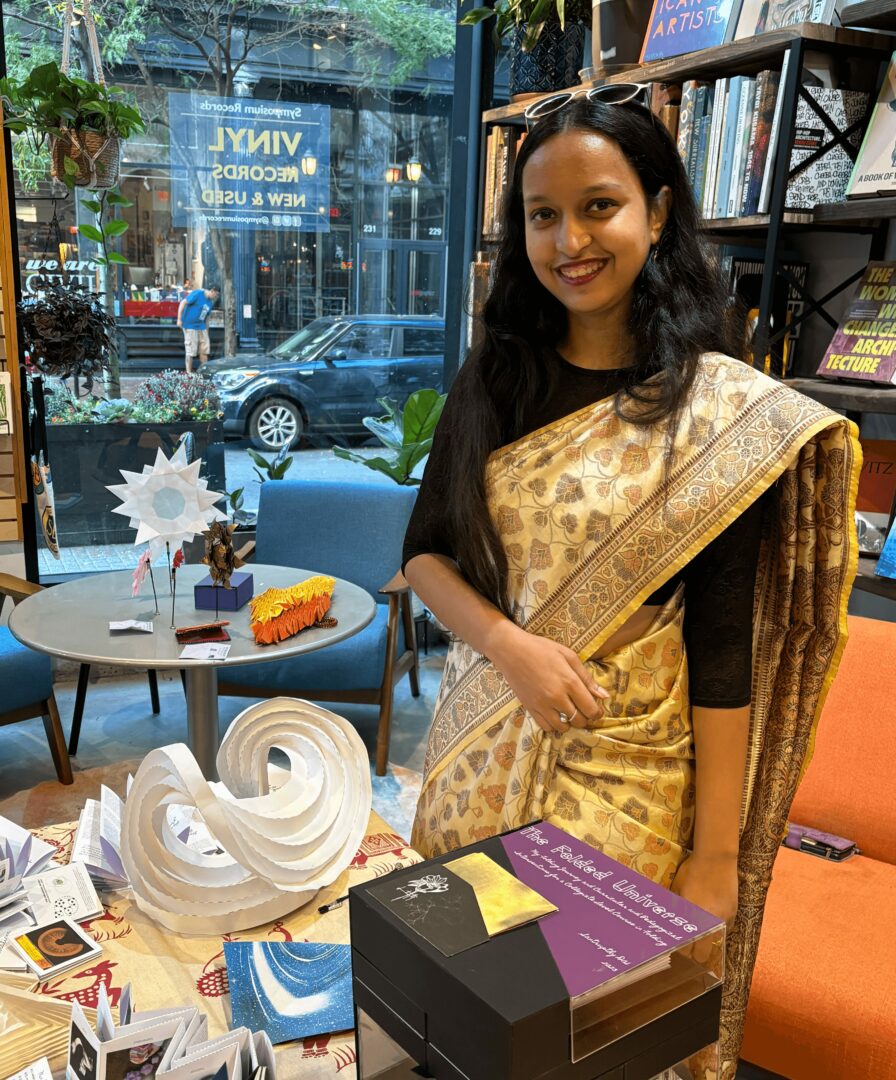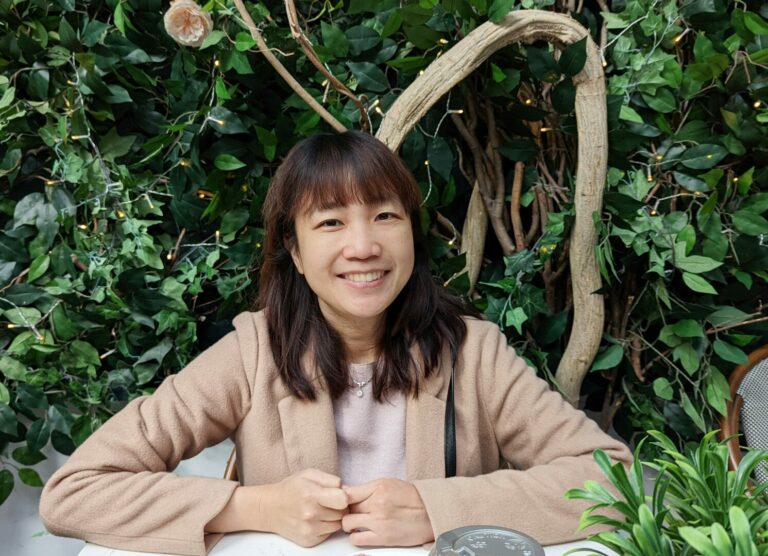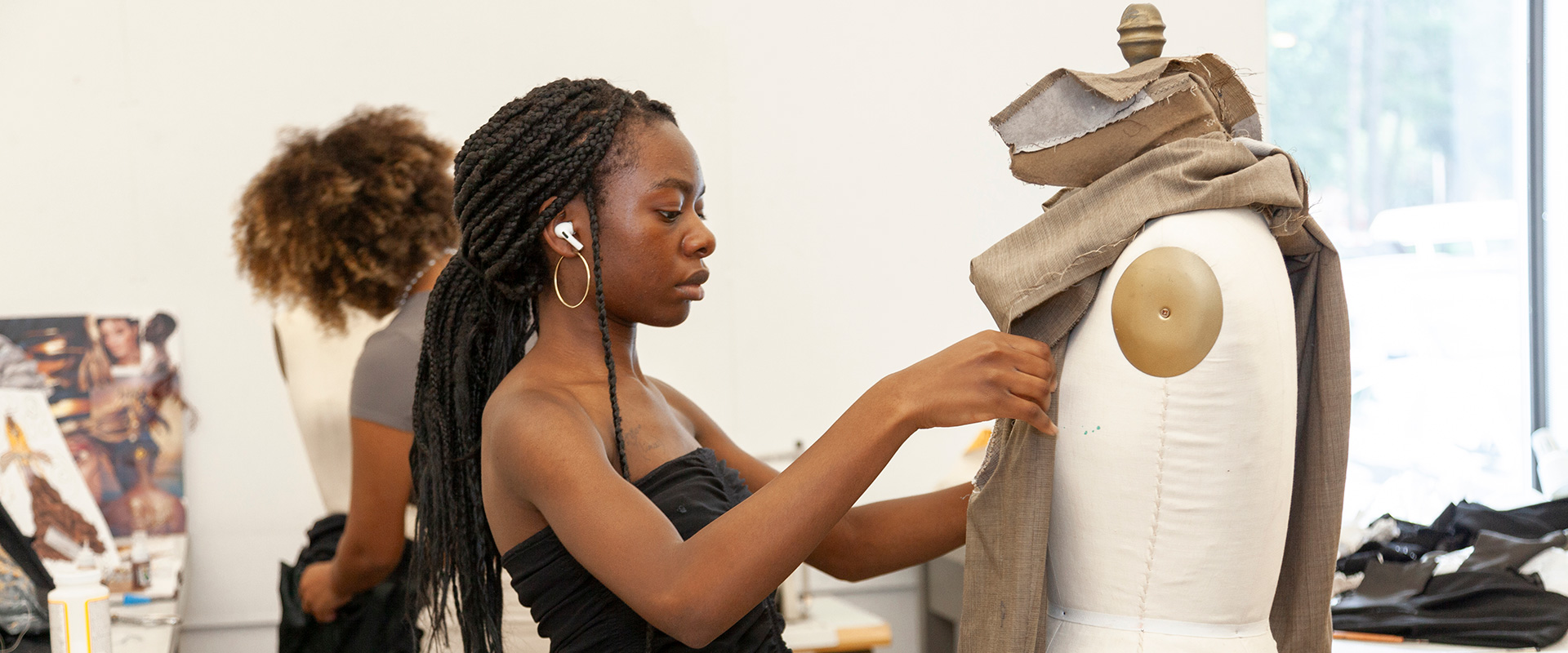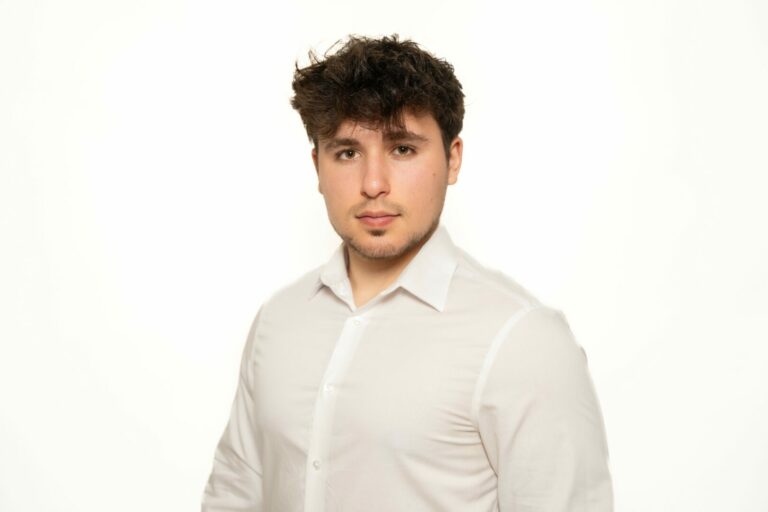We caught up with the brilliant and insightful Santrupthy Das a few weeks ago and have shared our conversation below.
Santrupthy, looking forward to learning from your journey. You’ve got an amazing story and before we dive into that, let’s start with an important building block. Where do you get your work ethic from?
There are several people both in my personal and professional life who inspire me and I uphold values I have learnt from them. My father always emphasizes quality over quantity. For him, quality is a non negotiable and I strive to incorporate that in my practice too. My high school mathematics teacher had a constant smile on his face. Difficult equations also seem easier when approached with a positive attitude. Not losing one’s composure is what I carry on from him. My professor from architecture school hardly gave me a straight answer to any question I asked him. “Is a wooden structural system possible in this building?” He’d say – “Why not? I don’t see why not if you can resolve it.” He pushed me to ask several “Why nots?” and put research at the forefront of any design decisions. My graduate thesis chair acknowledged that “life happens” and that a student plays several roles beyond the classroom. She taught me to take time out for myself without feeling sorry for it. From her I learnt that it was okay to not be at our absolute best perpetually.
My artistic practice of folding based on the traditional Japanese art of paper folding – Origami and several ancient Hindu scriptures reinforce the plurality of our lives. It is important that we understand and accept that there are perspectives different from ours and that there is beauty in the graceful coexistence of several co-dependent and independent cycles. We are but a tiny part of this entire universe. Yet, the universe transforms greatly by each of our thoughts, words and actions.
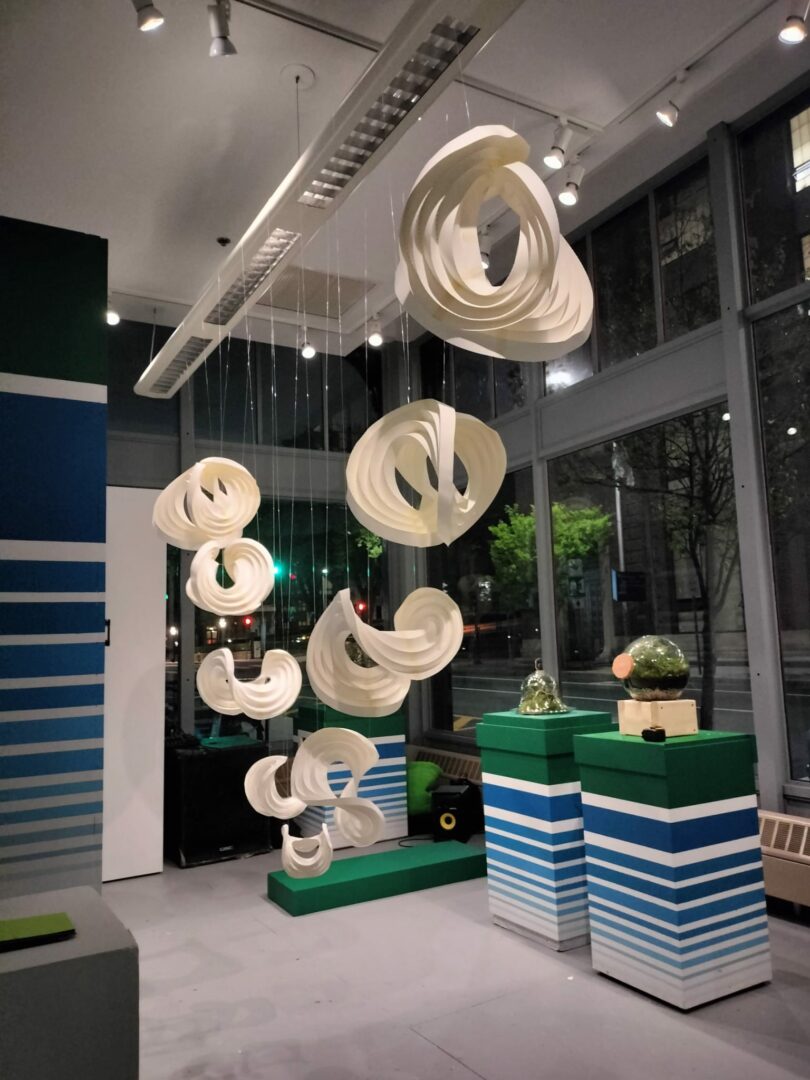
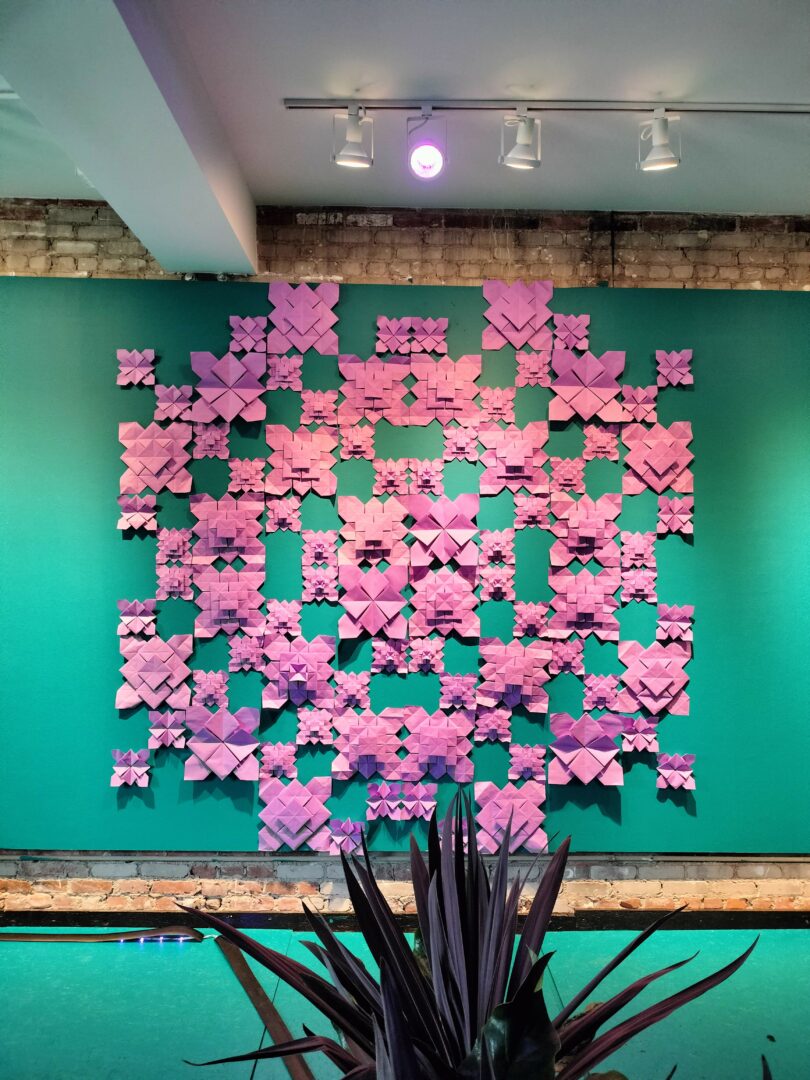
Thanks, so before we move on maybe you can share a bit more about yourself?
“I want to be a teacher when I grow up” 5 year old me said that before I fully understood what being even a student is going to feel like. As a high schooler, I wanted to be an architect, someone who transforms people’s dreams into reality, someone who brings science and art together as a cohesive whole. My “till-then-hobby” Origami, or folding aided me in carving a niche for myself in architecture school and also made way for my first ever dream of being a teacher to be actualized. I folded, and I folded a lot! I folded with and for several audiences – hospitals, museums, schools and universities, non profits; and I folded at various scales and in different materials. Rumi beautifully said, “Let yourself be silently drawn by the strange pull of what you truly love – it will not lead you astray”. By now I knew folding was what I truly loved and I have been pursuing that ever since and it has not led me astray! Over the years, folding has become my artistic practice – having taken me to Rhode Island School of Design for graduate studies on collegiate level studio courses on folding and to galleries in group and solo folded forms exhibitions in the States.
I am currently working on artist books, folded architectural elements, designing curriculum and instructional material for folding to be taught to varied audiences, researching on the therapeutic aspects of folding, and conducting interdisciplinary hands-on workshops in India and the States. In October, I am starting the India chapter of Origami Therapy Association (OTA) founded by New York based Toshiko Kobayashi based on her theory of Expressive Origami Therapy. I am interested in exploring the possibilities of application of folding in as many fields as possible. I am committed to drawing connections between the arts, sciences, healthcare, education, architecture, engineering, design and communication by focusing on the 6 Ps around folding – Philosophy, People, Pedagogy, Practice, Process and Product. I welcome the opportunity to discuss possible collaborations and projects.
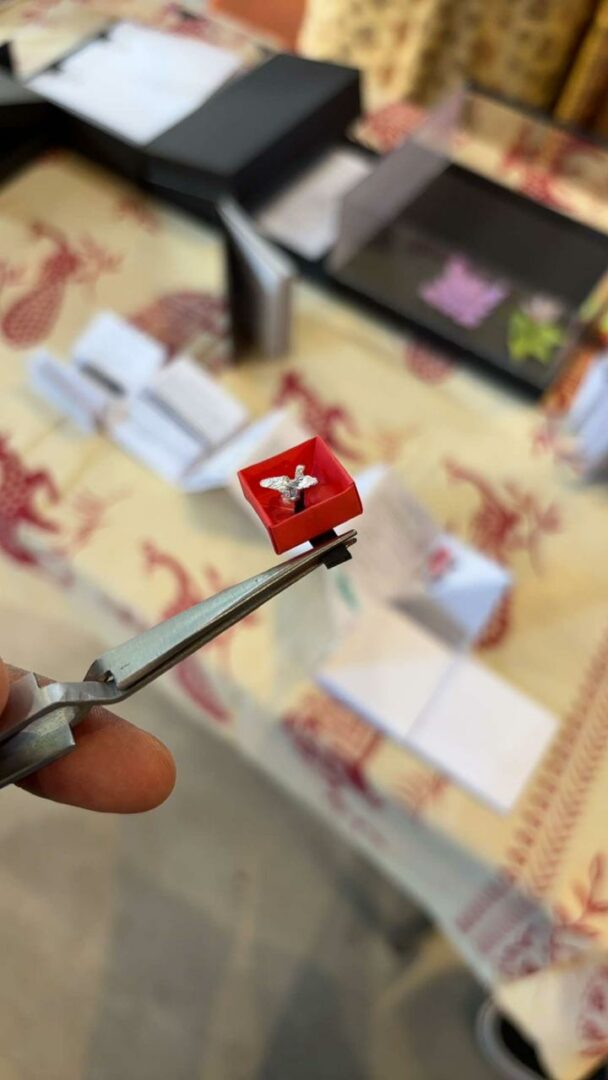
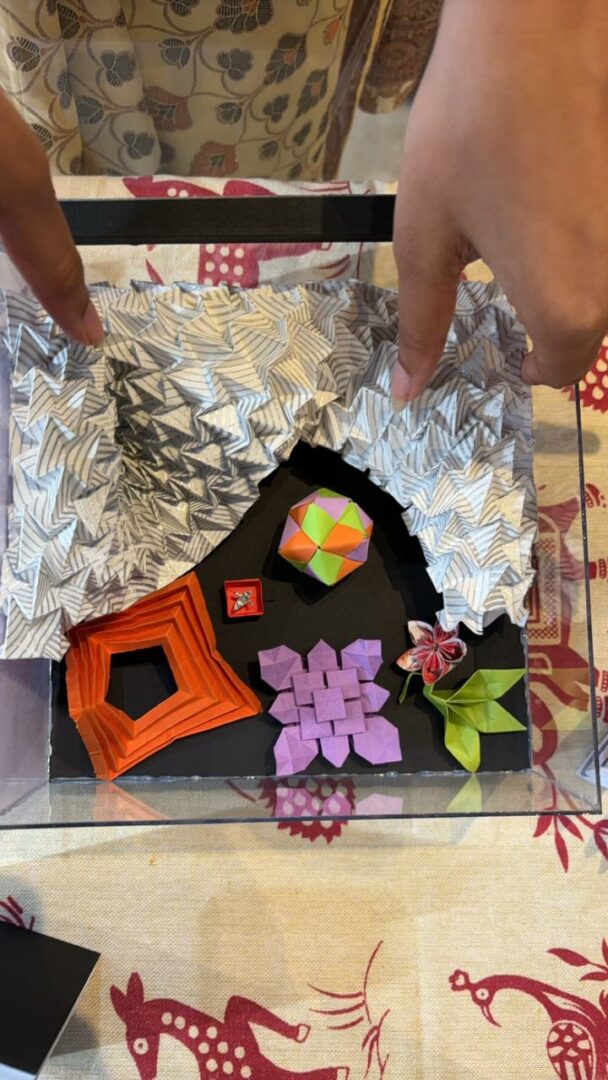
If you had to pick three qualities that are most important to develop, which three would you say matter most?
The first is to always be in a position to choose! When you are doing something out of your own interest, you are bound to put in better effort, energy and dedication to it. It is encouraged to stride forth in paths less traveled by. Be flexible and always evaluate your progress. It is alright for destinations to change midway to better align with your new goals.
Next, the number of honest hours you put into training in a certain skill matter. And remember that learning is not static. There will always be advances in your field of knowledge and it is important that you take time to upskill frequently. Be really really hungry for knowledge. And be extremely curious. There are knowledges beyond the classroom and books. Sought after those.
Lastly, always strive to uphold dignity – both of yourself and those affected by your presence. Be grateful and be grateful loudly and evidently. None of us knew it all on day 1. Acknowledge the beauty of growing and value the power of growing together. Whenever possible, serve. And service is not just outwards but inwards too. Take time, pause and reflect.
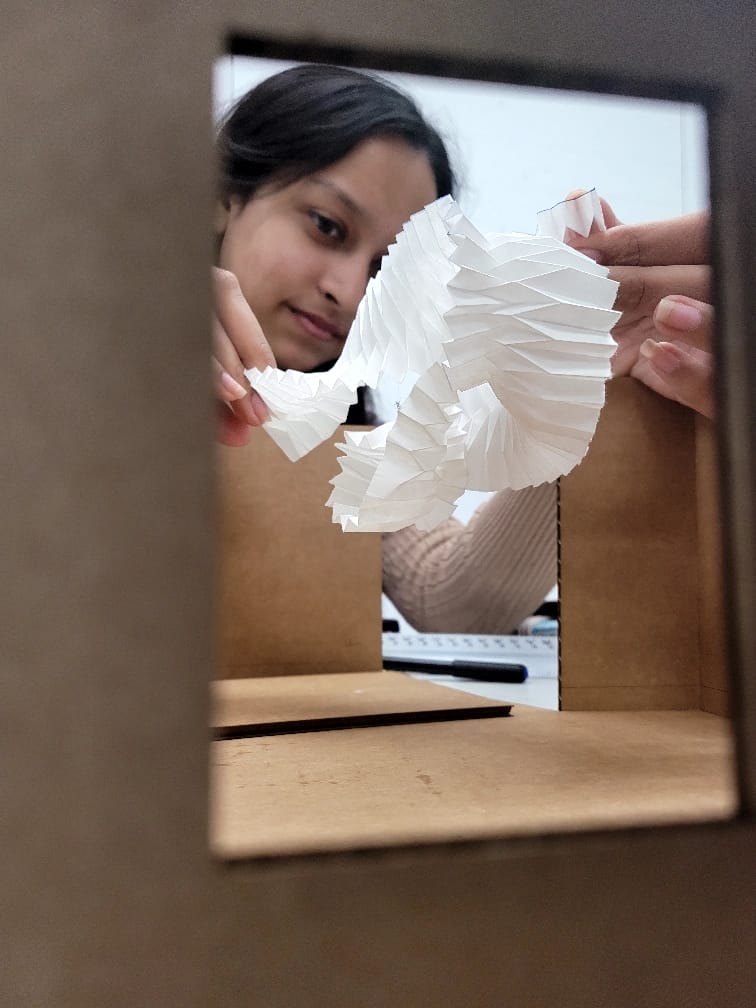
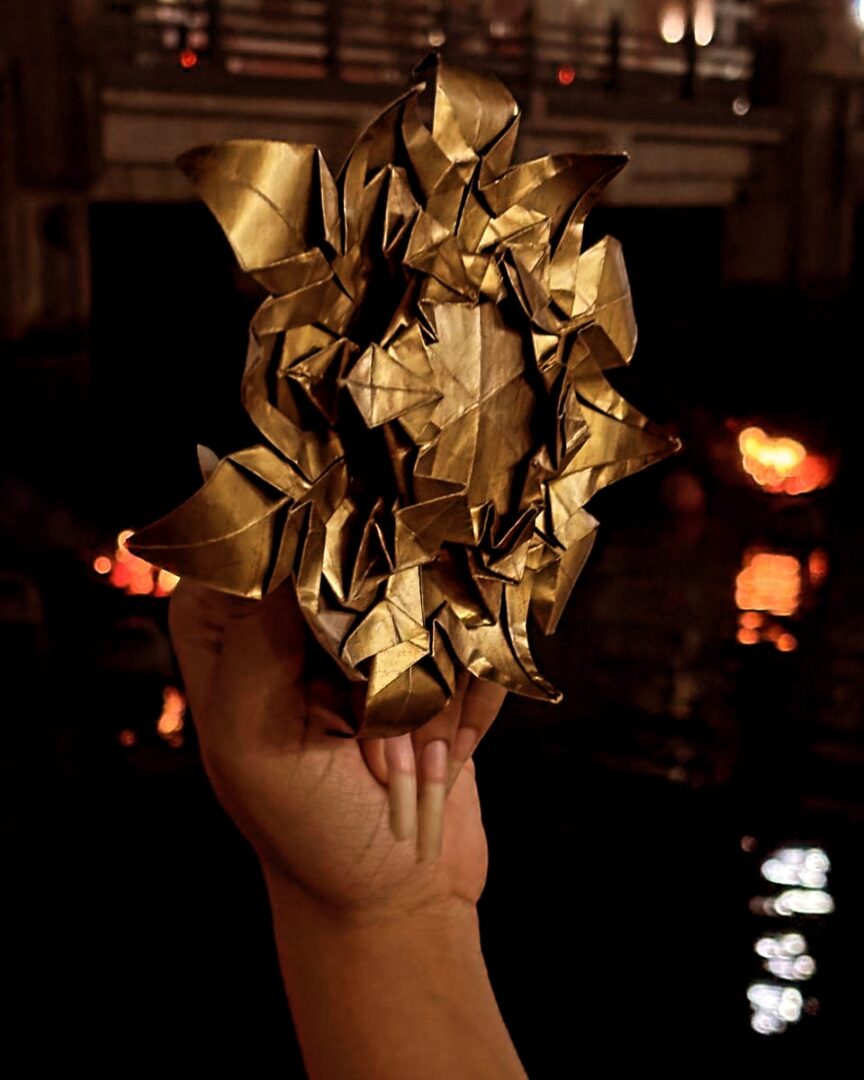
All the wisdom you’ve shared today is sincerely appreciated. Before we go, can you tell us about the main challenge you are currently facing?
Being a hybrid professional, my work doesn’t fall fully and perfectly into any of the existing disciplines. It is a challenge to explain the significance of a folding based philosophy to someone who either does not have proper vocabulary or prior knowledge of the same. The departmentalization of art and design schools further confine folded paper work to sculpture or book arts. Folding as a design intervention is yet to be fully accepted in academia and practice. I use folding as a tool for community building and while after a workshop people do appreciate the experience, changing the mindset that origami goes beyond kids’ summer art activities is a big project in itself.
Since folding artists do not belong to any specific discipline, we have the flexibility to transform and become relevant to several disciplines at once. I am trying to plug into various spaces and use the philosophy and practice of folding to break through the silos departments in an institute usually operate from. I carry with me scale models of my digital portfolio to show and tell and go beyond what can be explained from behind a screen that almost “flattens” and “freezes” my 3 dimensional and kinetic forms. To emphasize on the ubiquitous nature of folding, I draw examples from beyond the art and design world – the human body has several folds, the mountains fold, sound waves fold – there are folds at all micro and macro levels!
Contact Info:
- Instagram: the_folded_universe
- Linkedin: https://www.linkedin.com/in/santrupthy-das-924359196
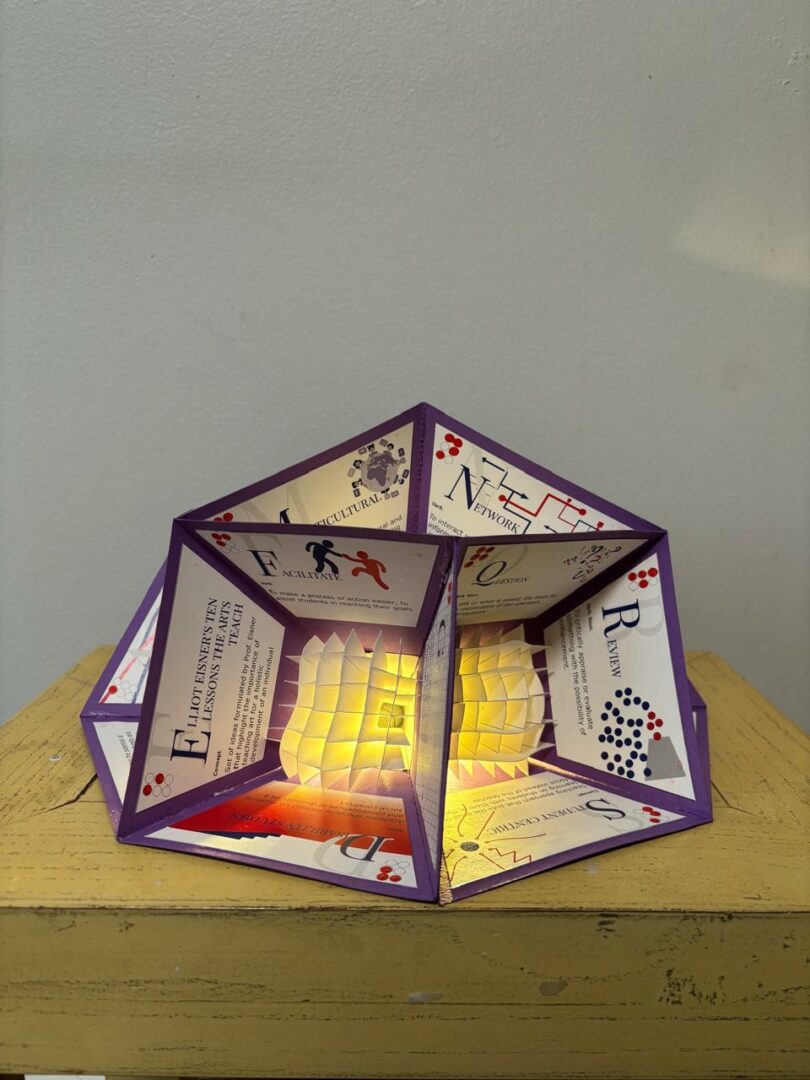
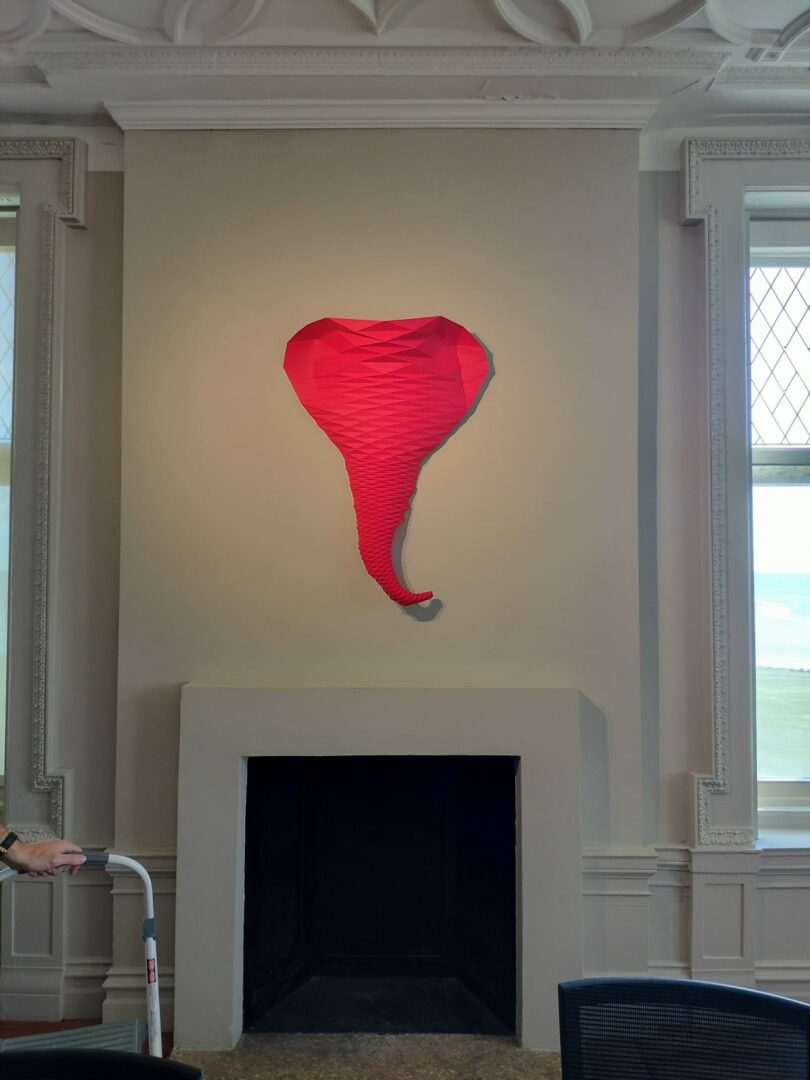
Image Credits
Srikar Hari
so if you or someone you know deserves recognition please let us know here.

